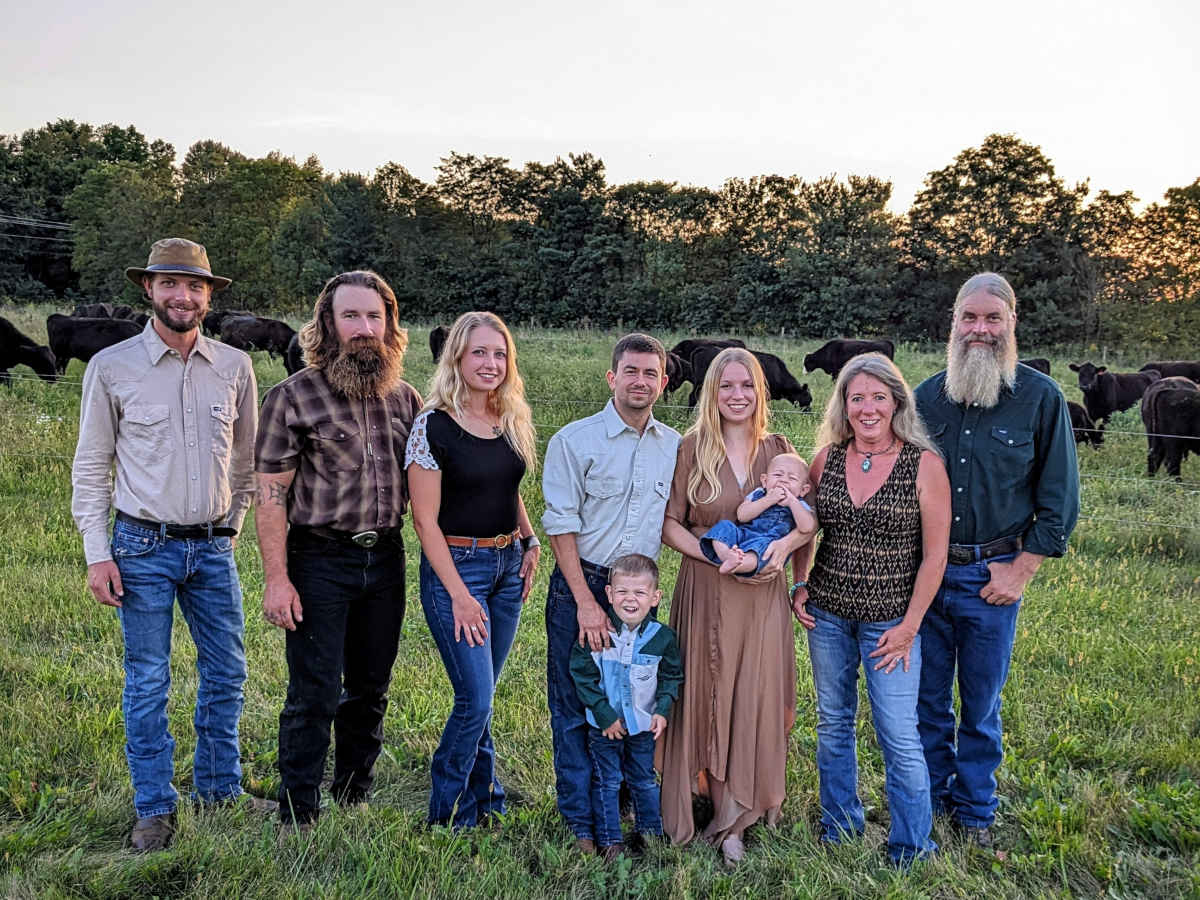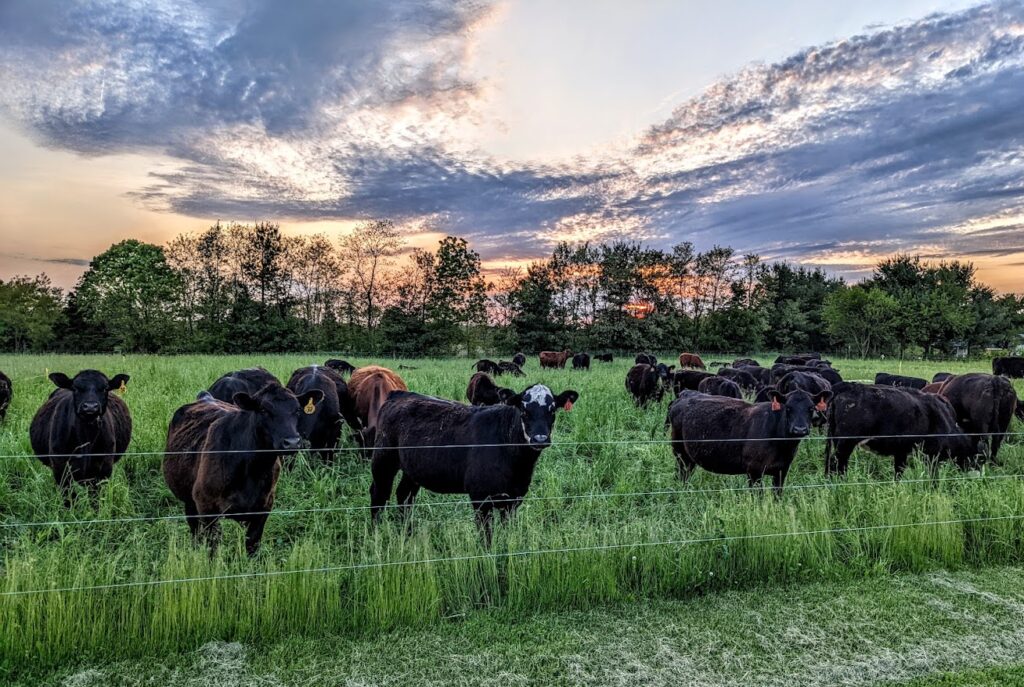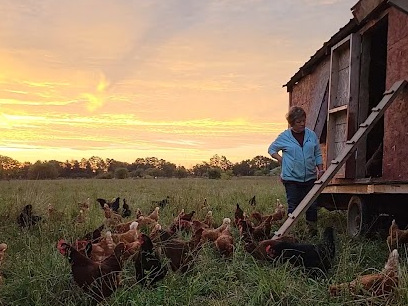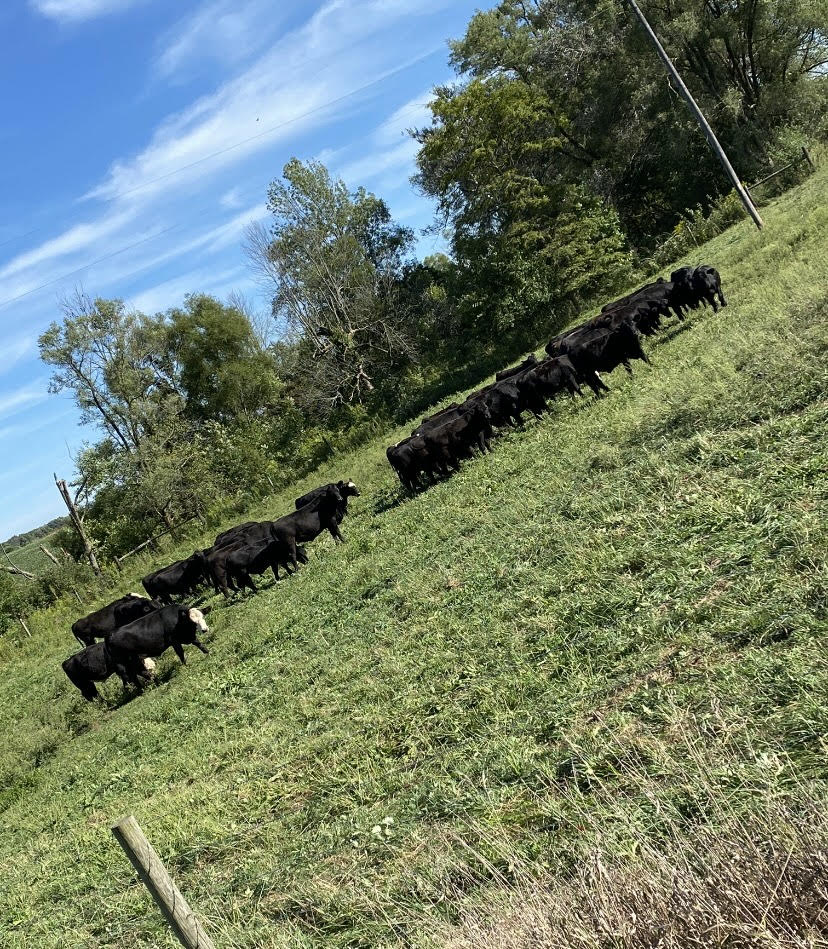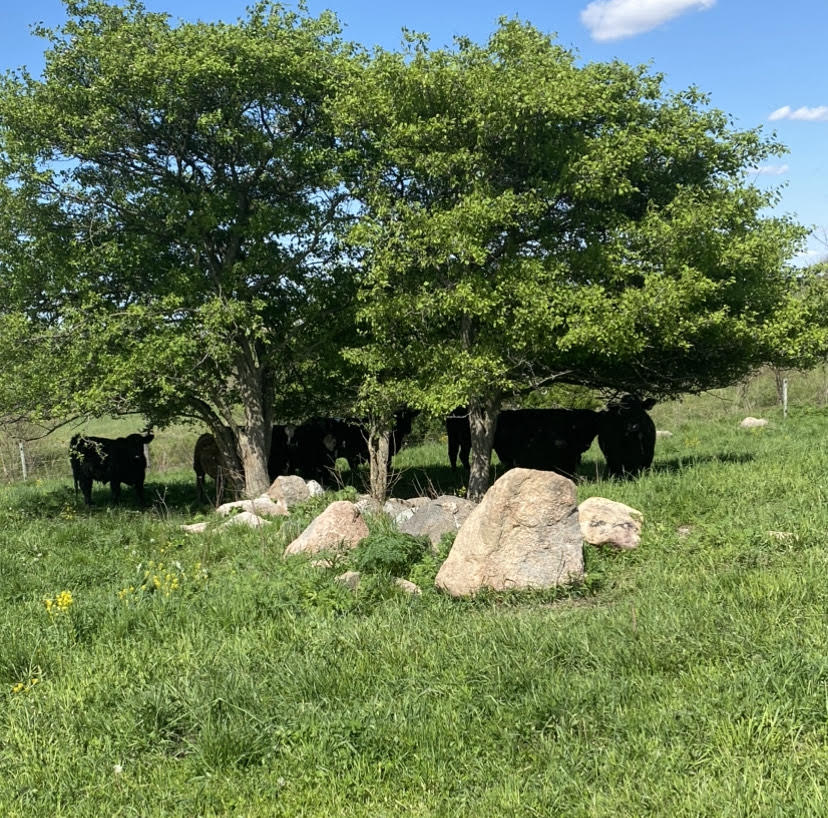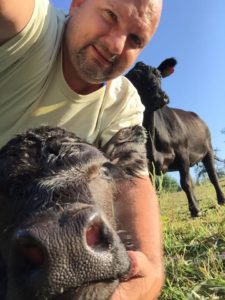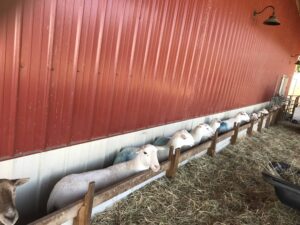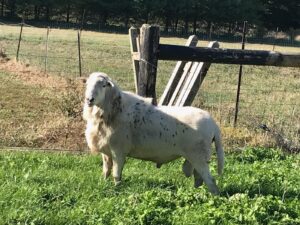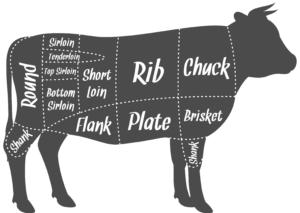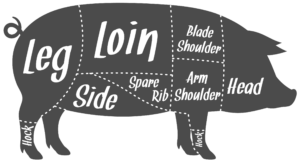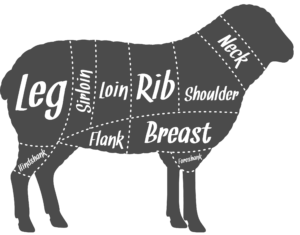BUTTE, Mont. — Pastured poultry has many benefits, including popularity among consumers. Demand for eggs from pasture-based poultry is increasing. Setting up and operating a system in which laying hens forage and range outdoors can be quite an undertaking, but can yield benefits such as boosted soil fertility, farm diversification, increased animal welfare, and eggs with increased nutritional value.
Some of the key elements of pastured-poultry egg production are poultry nutrition, predator control, natural-resource management, marketing, and biosecurity. Management decisions on these topics are critical to the success of the enterprise, and are unique to each farm.
The first step to starting a productive flock is to determine which breed will be the best fit for a farm and its climate. Egg-laying breeds used on pasture need to keep laying a steady supply of eggs while being efficient foragers. Very good egg layers include Leghorns; Bovans Browns; Rhode Island Reds; and Gold, Black, and Red Stars.
Heavier-bodied birds with more feathers usually survive better in areas that receive cold weather. Smaller-bodied chickens tend to do better in climates where it can be hot for weeks at a time.
In summer, poultry production problems can arise as a result of high heat, especially when temperatures rise abruptly. Keeping birds adequately watered is the easiest way to help keep them cooled. On the other hand, colder weather also brings obstacles for raising pastured poultry. Some producers move the flock off pasture, to a warmed house.
A pastured flock can obtain only enough forage to satisfy 5% to 20% of the birds’ daily nutritional requirement. Feed rations are necessary to ensure optimum growth, a consistent lay rate, and sustained health of a laying flock. Genetics play a role in exactly how much nutrition a bird can get from forages.
Laying hens have different nutritional requirements depending on their stage of growth. A flock should have access to feed at all times, and poultry also need cool, clean water.
Proper shelter is essential to ensure that the flock will survive, thrive, and lay eggs for as long as possible. There are two main systems of pastured poultry housing: fixed and mobile. Fixed housing typically consists of a coop in the middle of a large area of pasture, with multiple doors that open into different paddock sections to allow for controlled pasture rotation. The most popular housing system for pastured poultry is a mobile coop on wheels or skids. This housing allows a producer to move a flock around with ease, either by hand or with an ATV or tractor.
Poultry on pasture prefer medium to short forages. If the forage is tall, either ruminants should be grazed in the paddock before poultry or the area should be mowed. Surrounding the foraging area with fencing can help provide protection, while keeping a flock within a certain part of the pasture.
When implemented with planning and care, a pastured poultry system can offer benefits in animal welfare and environmental conditions. To be profitable, a pastured poultry enterprise must be well planned, and its success depends on a wide variety of conditions, including facilities, equipment, and labor. Pastured poultry, if implemented correctly, can increase the overall value of a farm, while providing a quality, nutritious product to consumers.
More details on pastured poultry egg production are provided in the publication Pastured Poultry: Egg Production, one of the many free and low-cost resources available online from the National Center for Appropriate Technology’s ATTRA Sustainable Agriculture program at www.attra.ncat.org.
—Kevin Ellis
NCAT Agriculture Specialist
National Center for Appropriate Technology
Adapted from Morning Ag Clips, February 15, 2016 edition
